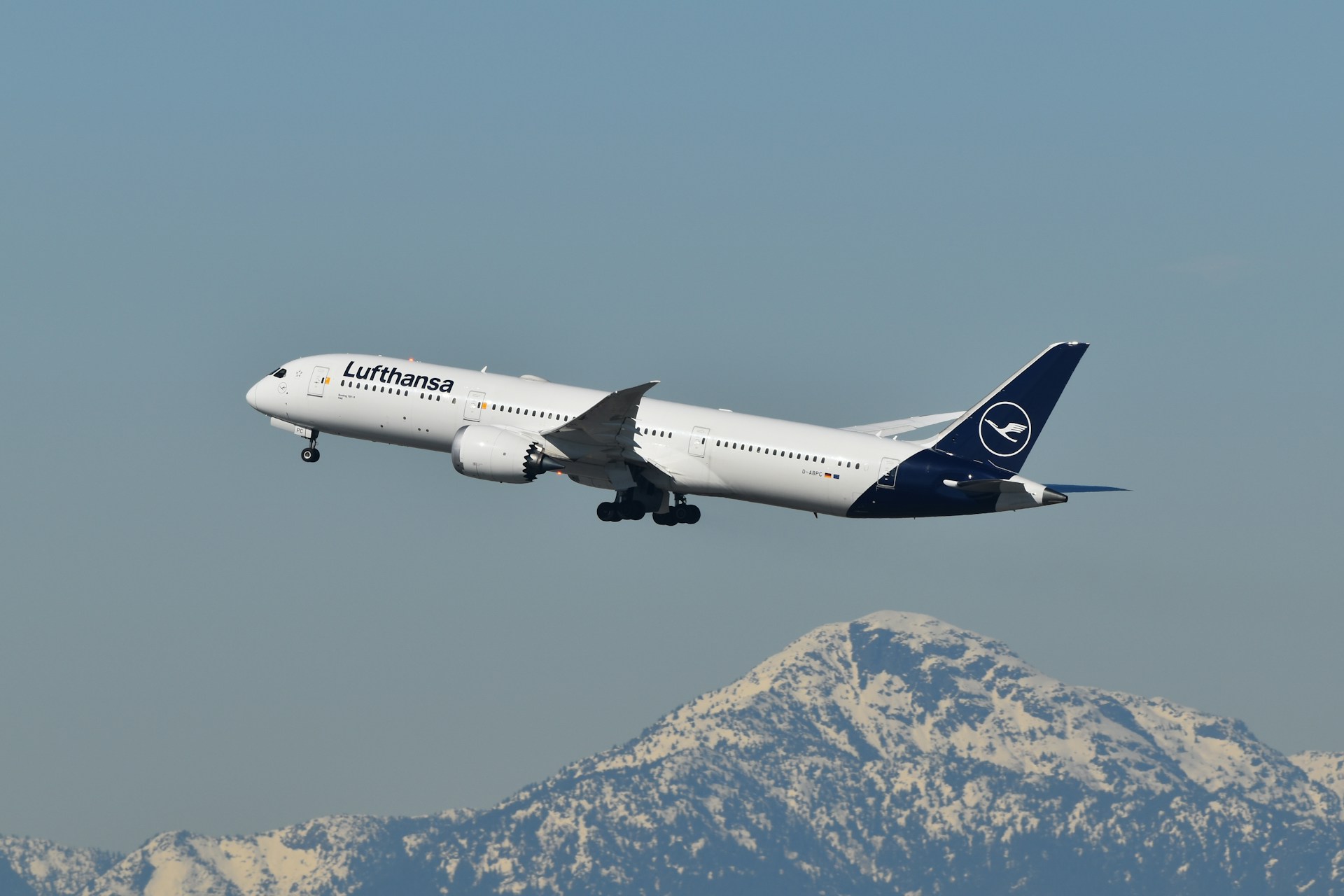Former Korean Air 747-8 Arrives in Hamburg for Potential U.S. Air Force “Doomsday Plane” Conversion
Key Takeaways
- A former Korean Air Boeing 747-8 has arrived in Hamburg, Germany, where it is expected to undergo conversion into a U.S. Air Force E-4B replacement aircraft.
- The project is part of the $13 billion Survivable Airborne Operations Center (SAOC) program to replace aging 1970s-era E-4B Nightwatch aircraft.
- Lufthansa Technik is likely leading the conversion work, leveraging its expertise in complex government and defense aircraft modifications.
- The Boeing 747-8 platform offers enhanced range, fuel efficiency, and modern avionics compared to legacy aircraft.
- The modernization reflects a growing military trend toward commercial-to-military conversions for cost efficiency and rapid capability deployment.
The Next Generation of the U.S. “Doomsday Plane”
A major step in the U.S. Air Force’s fleet modernization efforts has taken shape in Hamburg, where a former Korean Air Boeing 747-8 has landed for potential conversion into the next-generation E-4B “Doomsday plane.”
This aircraft will form part of the Survivable Airborne Operations Center (SAOC) program — a critical initiative aimed at ensuring continuous U.S. government command and control capabilities during national crises or nuclear conflict.
The existing E-4B Nightwatch fleet, derived from Boeing 747-200 airframes, has been in service since the 1970s. Despite numerous upgrades over the decades, the current aircraft are now reaching the limits of their operational lifespan, both technologically and structurally.
Aging E-4B Fleet Nears End of Service
The U.S. Air Force operates four E-4Bs that serve as flying command centers for national leadership. Each aircraft is shielded against electromagnetic pulse (EMP) effects, equipped with advanced communications systems, and designed to stay airborne for extended periods during global crises.
However, after nearly 50 years of continuous service, the E-4Bs are facing increasing maintenance demands, escalating costs, and outdated systems that can no longer fully support modern defense communication standards.
Defense analysts note that modernization has become a strategic imperative, not only to preserve operational readiness but also to ensure compatibility with emerging defense technologies and cyber-resilient communication architectures.
Boeing 747-8: A Modern Platform for Strategic Missions
The Boeing 747-8 airframe selected for conversion represents a significant technological upgrade. Compared to its 747-200 predecessor, the 747-8 features next-generation GE GEnx engines, a longer fuselage, improved aerodynamics, and a flight deck built around digital avionics.
These enhancements deliver:
- 20% greater fuel efficiency
- Extended range exceeding 7,700 nautical miles
- Lower operational noise and emissions
Such attributes make the 747-8 ideal for extended airborne command missions, where endurance, efficiency, and reliability are paramount.
Lufthansa Technik’s Role in Conversion
The arrival of the 747-8 in Hamburg strongly indicates Lufthansa Technik’s involvement in the conversion process. The German aerospace engineering company has a long-standing reputation for defense modification projects, including VIP and head-of-state aircraft for NATO members and other allied governments.
While key elements of the SAOC conversion will remain classified, Lufthansa Technik is expected to conduct structural modifications, systems integration, and military hardening of the airframe before sensitive mission equipment is installed under U.S. supervision.
This collaboration highlights the global nature of defense-industrial partnerships, balancing cost efficiency, technological expertise, and strict security protocols.
SAOC: The $13 Billion Command and Control Revamp
The broader SAOC initiative aims to replace not only the E-4B Nightwatch but also the Navy’s E-6B Mercury fleet, which handles nuclear communication and control functions.
The new platform will feature:
- Next-generation EMP shielding
- Secure global satellite communication links
- Modernized battle management systems
- Enhanced self-defense capabilities
Together, these upgrades will ensure survivable command and control under extreme threat conditions — maintaining strategic continuity in the event of national emergencies.
Commercial-to-Military Conversion: A Growing Defense Trend
The U.S. Air Force’s choice to convert commercial airframes instead of developing an entirely new aircraft mirrors a broader defense industry trend.
Commercial-to-military conversions offer several advantages:
- Cost efficiency — leveraging existing production lines and maintenance networks
- Faster delivery timelines — compared to new aircraft development cycles
- Proven reliability — of platforms like the Boeing 747-8 with established service records
This approach has also been seen in programs such as the KC-46 Pegasus tanker, derived from the Boeing 767, and various VIP transport conversions across allied air forces.
FAQs
What is the purpose of the U.S. Air Force’s “Doomsday plane”?
The aircraft serves as a mobile command center for the President, Secretary of Defense, and military leadership in the event of nuclear conflict or catastrophic attacks on ground-based facilities.
Why use a commercial 747-8 as the base aircraft?
The Boeing 747-8 provides an optimal combination of range, capacity, and technological maturity, allowing rapid adaptation for military roles while maintaining cost efficiency.
How long will the conversion process take?
Conversion is expected to take 18–24 months, involving airframe modification, classified systems installation, and extensive flight testing.
Why is the work being done in Hamburg?
Lufthansa Technik’s Hamburg facility is one of the few in the world certified for large-scale aircraft modifications under defense contracts, with a proven record of handling secure and technically complex projects.
When will the new E-4B replacement enter service?
The first aircraft is projected to achieve initial operational capability between 2026 and 2027, with the full fleet rollout continuing through the early 2030s.
✈️ Bottom Line:
The arrival of a former Korean Air 747-8 in Hamburg marks a turning point in U.S. airborne command modernization, bridging five decades of technology evolution. The upcoming “Doomsday plane” represents not only a technical upgrade but a strategic investment in ensuring continuity of national command and control — even in the most extreme global scenarios.
.zip%20-%201.PNG)



